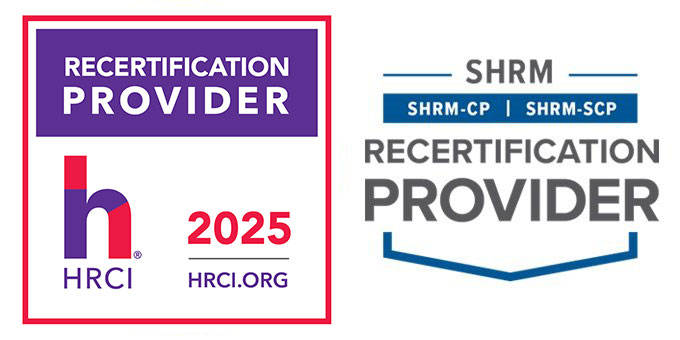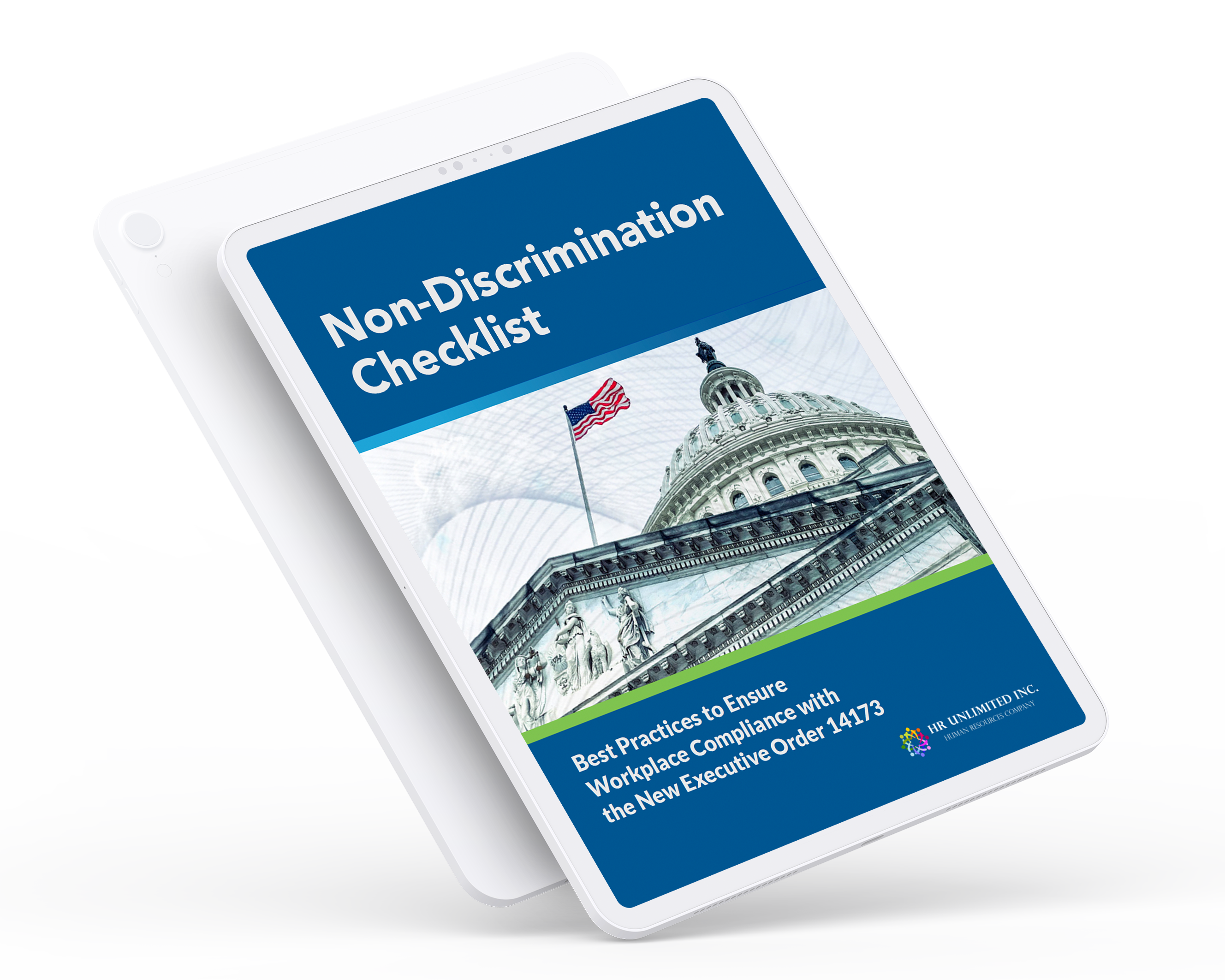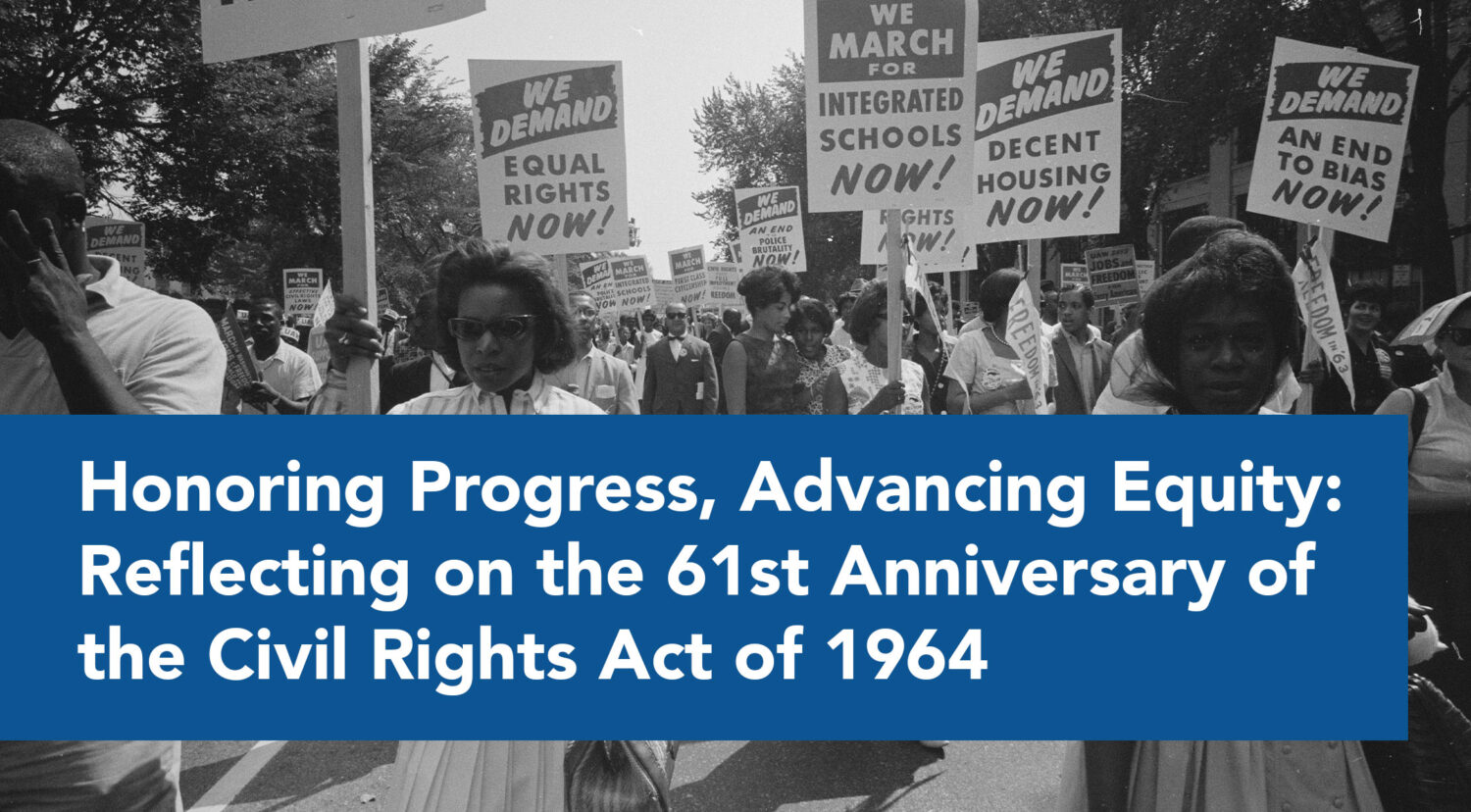Training strategies can make or break an organization. These strategies involve both your existing talent and your potential talent in the labor pool. When you have skill set differences between generations and a gap between talent and skill, you have great challenges to conquer when implementing Affirmative Action Programs, explains Mr. Jenkins in his presentation outlined here.
How can you recruit from a generation of the labor pool that has the talent but not the skills for the work they are recruited for? How do you develop an internal employee on unfamiliar technology when applicants half her age are looking for employment and already familiar with the technology?
The answer to both questions is training, some of which overlaps with Community/Culture and Partnerships.
- For example, it may be provided with Back-To-Work programs for veterans and the disabled.
- It may be offered through vocational/apprenticeship programs and other schools in the recruiting area. Or it may simply be part of the “onboarding” process, with applicants recruited for talents and parallel skills, then taught the official skills once hired.
- Internship programs with local high schools and colleges also develop talent, while increasing engagement with the outside community.
- Lastly, providing employees mentorship opportunities develops talent, while providing a sense of fulfillment and pride for your current staff.
In addition to training for potential applicants and recent hires, nurture your existing talent. Make training available that is appropriate to advancement along available career paths. And make sure everyone in the company knows the training is available.
It’s astonishing—many companies have training and tuition reimbursement programs available, but employees don’t know of them and complain about the lack of advancement opportunities. These internal programs require their own internal marketing and branding so that employees can take advantage of them and you can increase retention rates.
PepCo has been training and recruiting interns from a local high school for over four years, and recruits at most of the colleges, both major and community, within their recruiting area. Internal training is a cost effective and an effective method for training employees to update their skills. Whether the training is provided on the job, from informal or formal mentors, or in internal seminars, brown bag lunches, or conferences, it can effectively impact employee learning and development.
How do you nurture your existing talent and what kind of results are you getting from those efforts? Does your organization reach out to the local community in the form of offering internships or other types of training? How does that bode for the individuals’ careers and how does that bode for your organization?
What kind of investment should your organization make in the local community and what should it gain? Find out in our next post in which we’ll extend the topic to Community/Culture Strategies.





